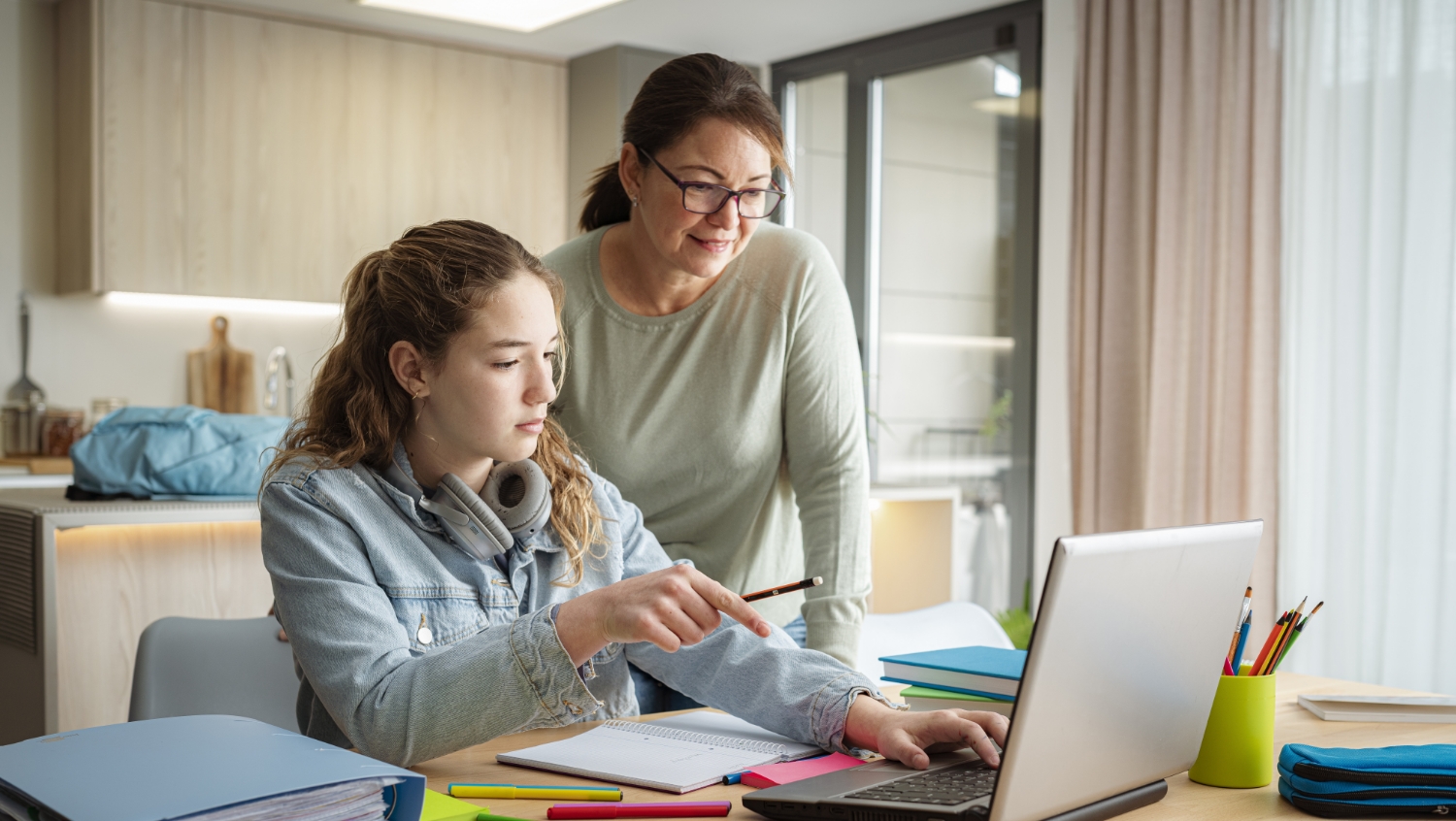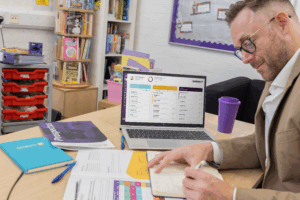Making online AP work for primary students: Practical guidance for schools

The number of primary-aged pupils unable to attend school regularly has increased in recent years, and for many, this is not a short-term blip. Whether due to emotionally based school non-attendance (EBSNA), anxiety, SEND, or other complex needs, more children are finding themselves unable to learn in traditional classrooms consistently.
Alternative provision has long played a role in supporting learners in these circumstances. But what does effective AP look like for younger pupils, especially in an online setting? Based on current practice, here are five key principles for building or selecting an online AP that we have seen work for primary learners, along with examples of how schools are implementing these principles.
1. Respond early and rapidly
Intervening early is crucial — but so is acting fast once a need is identified. Gaps in support can lead to further disengagement and rising anxiety, particularly for children already struggling to attend.
Many schools are turning to online AP as a flexible, quick-to-launch solution. The ability to enrol pupils at any point in the academic year is invaluable for urgent cases. For example, providers like Academy21 can set up live provision for Year 5 and 6 pupils within days, enabling schools to offer structure and continuity without delay.
2. Use live, interactive teaching
Primary-aged children need more than worksheets and video content. Effective online AP for this group should replicate the interactivity and relational elements of the classroom as much as possible.
Live teaching delivered by qualified primary specialists, like those provided by Academy21, enables real-time communication, fosters relationship-building, and provides tailored support. Sessions should include interactive elements, opportunities for movement, and space for two-way dialogue. This not only supports academic learning but also maintains a sense of classroom routine.
3. Create calm, predictable learning environments
For some pupils, especially those with sensory or emotional needs, a typical classroom can feel overwhelming. Online AP offers an alternative space — one that can reduce external stressors while keeping pupils connected to learning.
Schools using internal AP rooms or supported home environments often report that a calmer, more predictable setting helps students refocus and regain confidence. Online lessons that are consistent in style and structure, such as Academy21’s chunked, KS2-appropriate sessions, are particularly well-suited to this approach.
4. Teach the whole child
Academic progress is essential, but so too are communication, confidence, and personal development. AP for primary students should reflect broader, holistic aims that recognise success in many areas of development.
The best models weave PSHE, oracy, and social-emotional learning into the core curriculum. For instance, English sessions might include modelled writing and group discussion, while maths lessons can involve collaborative problem-solving and movement-based activities. Regular opportunities for pupils to share, reflect, and connect help maintain a rounded learning experience.
5. Keep one eye on reintegration
The goal of AP is often to help pupils return to mainstream education, and for primary learners, keeping that pathway open is vital. A provision that allows children to stay connected to their school community, routine, and expectations can make reintegration significantly smoother.
Schools benefit from AP that includes transparent tracking and regular updates. With Academy21, for example, real-time engagement data and progress reports are shared with schools from the start, enabling staff to make informed decisions about next steps and readiness for reintegration.
Creating the right conditions for learning
Online AP for primary pupils is proving valuable in helping schools respond quickly, reduce learning barriers, and maintain academic progress for those most at risk of disengagement.
The key is to look for provision that mirrors what younger pupils need most: live interaction, a calm and structured environment, a curriculum that nurtures both progress and wellbeing, and clear visibility for planning next steps.
As needs continue to grow, so too does the importance of having the right tools in place — not just to support individual pupils, but to strengthen inclusive practice across the whole school.
Looking to explore live online AP for Key Stage 2?
Visit our Primary page to find out more about our flexible, DfE-accredited provision for Years 5 and 6 can be integrated with your school.



